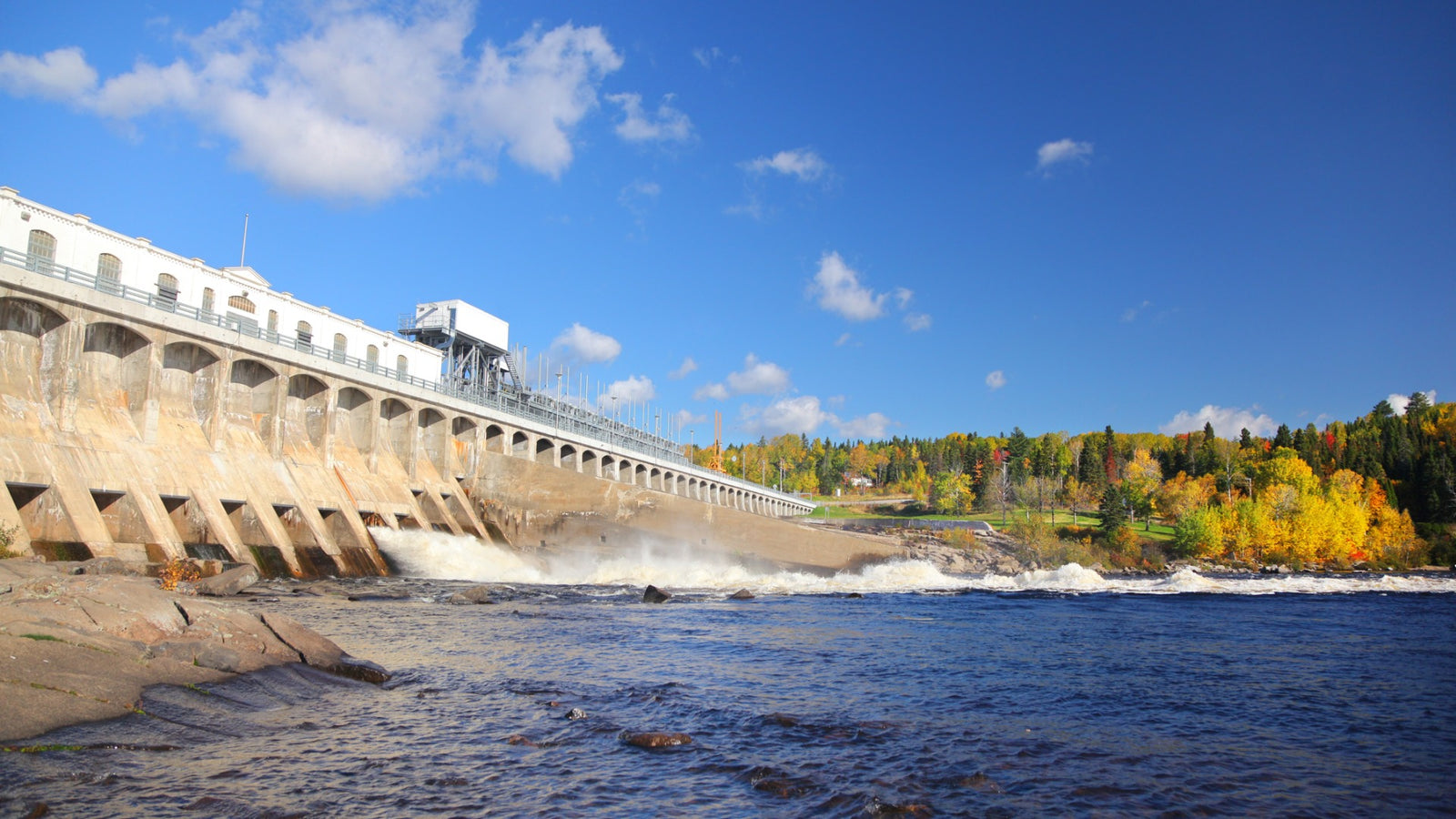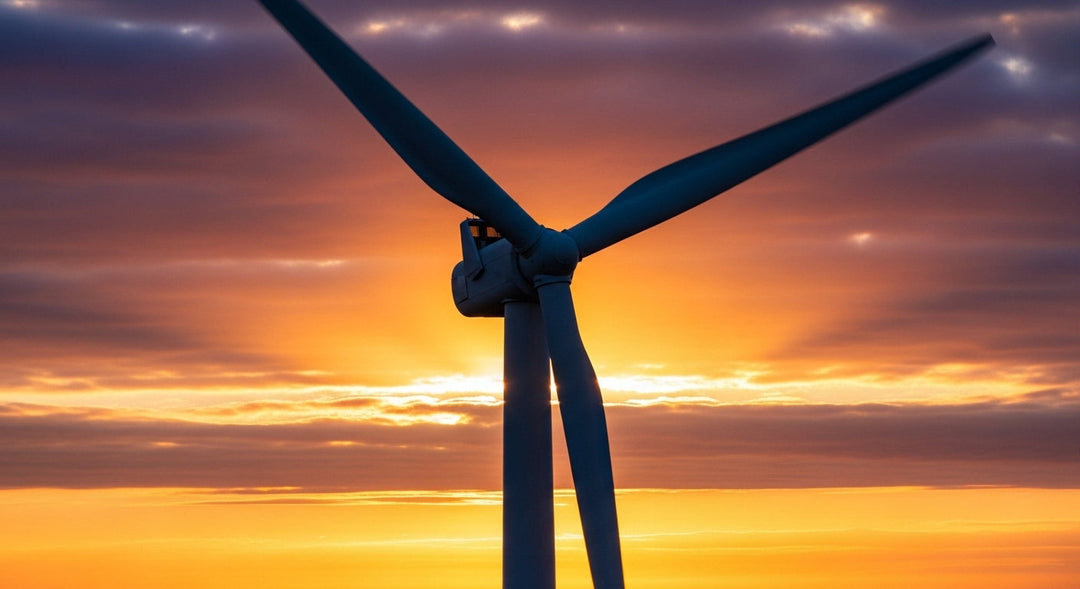Reconsidering Water Management

The connection between water and energy is becoming critical as water resources come under pressure. Droughts in California and South Africa brought water scarcity issues to the world’s attention, and residents faced water restrictions. According to the United Nations, power plant cooling consumes more than 40% of the freshwater withdrawn in the US and Europe.
Oil and gas companies account for less than 5% of total withdrawals. However, oil and gas production places a heavy burden on limited water resources in the Middle East and North Africa. While generating energy uses a substantial amount of water, electricity also plays a role in treating and distributing water. In 2002, the Electric Power Research Institute estimated that almost 4% of US electricity was used to process water.
Using Water Efficiently
Efficiency starts with reducing the overuse of relatively scarce freshwater. Freshwater accounts for just 2.5% of all water resources. The US Geological Survey found that close to 90% of water withdrawals for public and industrial use in the United States come from freshwater sources. With proper treatment, other types of water can be used for power plant cooling and oil production. Desalination is already widely used in the Middle East to bring brackish and saline water up to freshwater standards.
In areas that seem to have abundant water resources, leaks are becoming a significant problem. The Telegraph reports that a third of water withdrawn in Britain is lost to leaks or otherwise wasted. Without repairs, the UK Environment Agency warns that leaks could lead to droughts by 2050. A combination of improved metering and new acoustic monitoring technology can dramatically reduce water leaks. Our consultants use the latest methods to identify inefficiencies in water management systems.
Reusing and Treating Wastewater
Industrial use often leaves water unpotable, but it can still be reused by industry or even restored to a clean state. Direct reuse is usually the easiest way to conserve water resources. BP’s Kwinana Refinery in Western Australia saves over 450 cubic meters of water per day by reusing process water and condensate. Reuse is also a way to reduce expenses. Barclays estimated the costs of using water for fracking in the Permian Basin. Excluding transportation costs, using freshwater costs about 50 cents per barrel of water. On the other hand, reusing water costs just 27 cents. EHI Corp helps energy firms to minimize water costs by finding ways to reuse wastewater.
The simplest filtration technologies remove only large particles, oil, and gas bubbles. Filtration is considerably less expensive than desalination, and filtered water can still be reused for industrial purposes in many cases. Treating wastewater has significant potential to cut costs. According to Digital H2O, 40% to 55% of the operating expenses of oil wells come from water management and disposal.
Investing in the Future
Bain estimated the global demand for water projects at about 770 billion US dollars in 2018 and rising to over 900 billion by 2023. As demand pushes water prices higher, political pressure could mount on energy producers to curtail their use of potable water. Some of the water restrictions introduced in California during the drought remain in place. Green parties made substantial gains in recent EU elections, demonstrating increasing public support for environmental protection. Water projects that make economic sense today can also provide protection from political changes tomorrow.
Water resources are actually under much greater stress in parts of the world where environmentalists have less influence. In the Middle East and North Africa, and to a lesser extent in China and India, limited freshwater supplies are rapidly diminishing. The implied water price increases would dramatically boost the value of efficient water management. The costs of water projects are just a drop in the bucket compared to the potential future savings.










